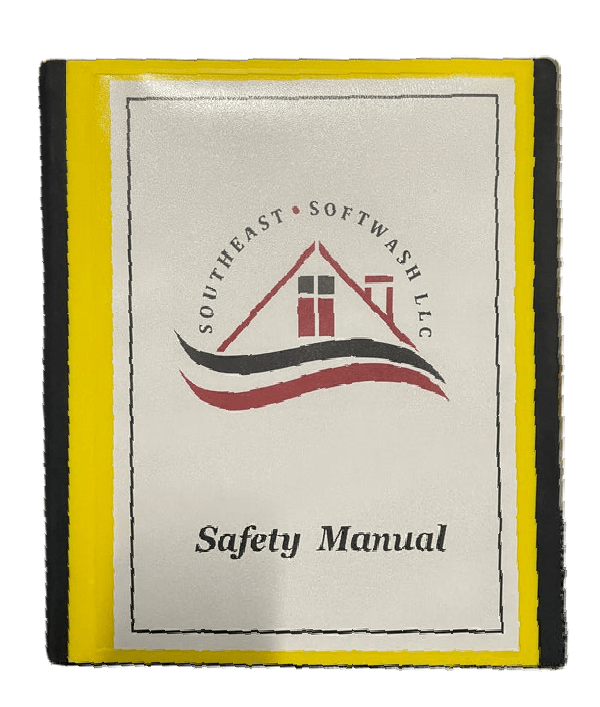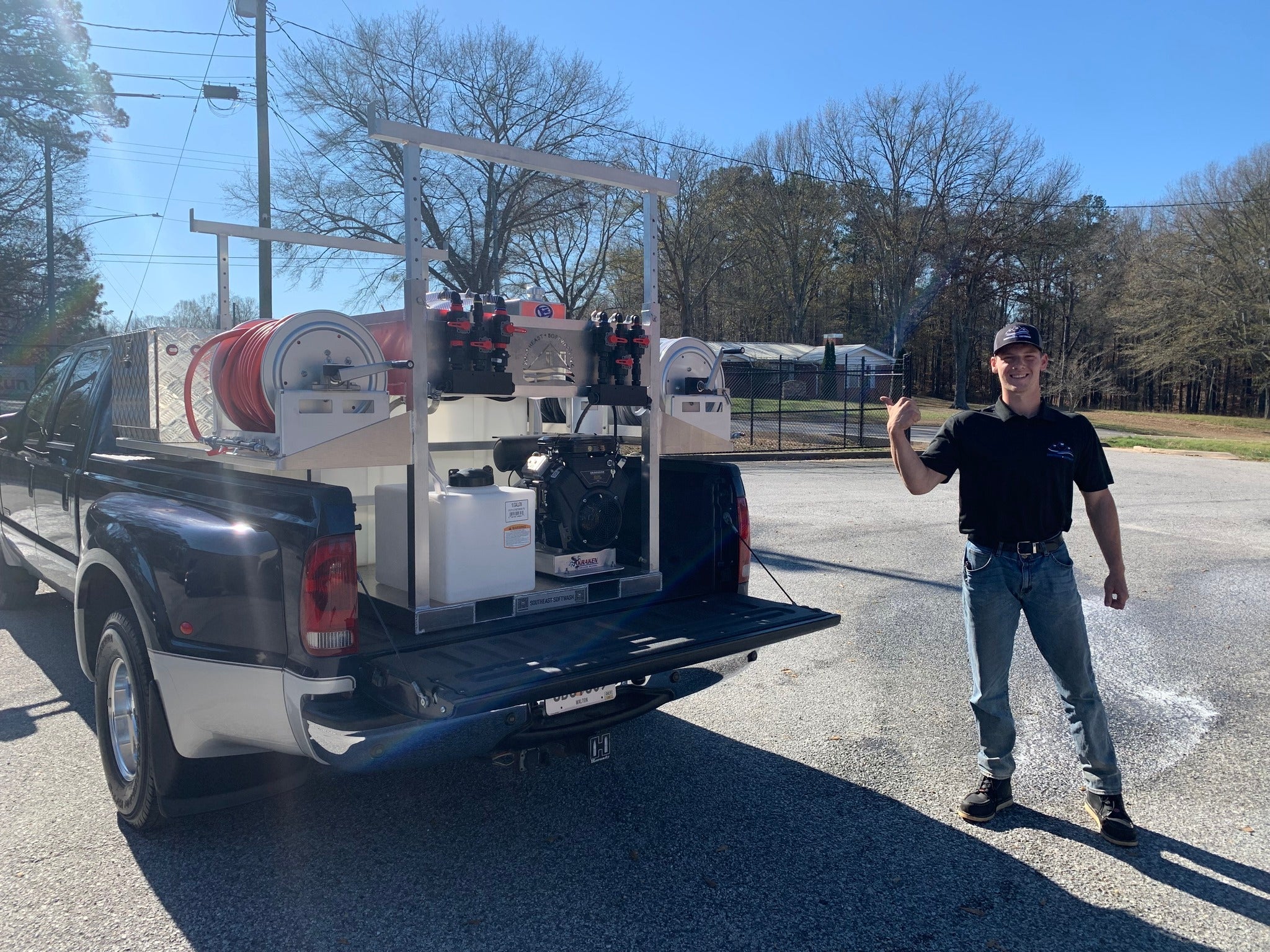Have you ever glanced at your vehicle's manual and felt like you were deciphering hieroglyphics when you encountered terms like GVWR, GAWR, and GCWR? Don't worry; you're not alone!
Understanding these acronyms and what they mean for your vehicle's performance and safety can be a game-changer.
So, let's dive straight in and demystify these crucial vehicle weight specifications.
First, to get you started, we will get the takeaway.
GVWR (Gross Vehicle Weight Rating) is the maximum weight a vehicle can carry safely. GAWR (Gross Axle Weight Rating) is the maximum weight each axle can support. GCWR (Gross Combined Weight Rating) is the maximum weight of the vehicle and trailer combined.
Ok so let's expand a little so you can get to grips with how to decipher vehicle weight specs.
So do all vehicles have them or just some?
Let's find out.
What Is A Vehicle Weight Spec?
Vehicle weight specifications relate to a huge amount of vehicles, spanning from compact cars to heavy-duty trucks and everything in between.
Passenger Vehicles
Sedans, SUVs, and minivans all comply with specific weight limits outlined by their manufacturers.
These limits ensure optimal performance, safety, and longevity of the vehicle.
Whether it's commuting to work or heading off on a cross-country road trip, understanding vehicle weight specifications is a top goal for maintaining vehicle integrity and passenger safety.
Commercial Vehicles
Moving up the scale, commercial vehicles such as delivery vans, box trucks, and cargo vans rely heavily on weight specifications to determine their load capacity.
Exceeding these limits can not only result in mechanical strain but also compromise the safety of both the driver and other road users.
For those venturing into the world of recreational vehicles, such as campers, trailers, and motorhomes, weight specifications become even more critical.
Ensuring that the combined weight of the vehicle and any attached trailers or equipment remains within the designated limits is essential for safe towing and maneuverability.
Finally, heavy-duty trucks, including semi-trucks and tractor-trailers, rely on precise weight specifications to comply with regulations and maintain road safety.
These vehicles often carry substantial loads, and adhering to weight limits is vital for preventing accidents, reducing wear and tear, and minimizing environmental impact.
In a nutshell, vehicle weight specifications are a fundamental aspect of automotive engineering, applicable to vehicles of all shapes, sizes, and purposes.
So whether you're driving a compact sedan or piloting a massive commercial truck, understanding and respecting these limits is essential for safe and efficient operation.
GVWR: Gross Vehicle Weight Rating
Let's start with the big one: GVWR, or Gross Vehicle Weight Rating.
This is the maximum weight your vehicle can safely carry, including passengers, cargo, fluids, and the vehicle itself.
Exceeding this weight can strain your vehicle's components, affecting handling, braking, and overall safety.
GVWR, or Gross Vehicle Weight Rating, is like the ultimate weight limit for your ride.
It includes everything – passengers, gear, even the car itself.
Going over this limit can stress out your vehicle, messing with how it handles, brakes, and keeps everyone safe.
It's always better to err on the side of caution and stay within the GVWR limit.
Here are a few examples of GVWR for different types of vehicles:
- Compact car: GVWR around 3,000 to 4,000 pounds
- SUV: GVWR ranging from 5,000 to 7,000 pounds
- Pickup truck: GVWR between 6,000 to 10,000 pounds
- Cargo van: GVWR typically between 8,000 to 12,000 pounds
- Semi-truck: GVWR can exceed 80,000 pounds
GAWR: Gross Axle Weight Rating
Next up is GAWR, or Gross Axle Weight Rating.
This specification tells you the maximum weight that each axle of your vehicle can support.
Your vehicle has both front and rear GAWR values, ensuring that the weight is distributed evenly between the axles.
Exceeding the GAWR for a particular axle can lead to premature wear on tires, suspension components, and brakes, compromising your vehicle's stability and safety.
Keep an eye on your vehicle's load distribution to avoid overloading any one axle.
Here are some examples of Gross Axle Weight Ratings (GAWR) for different types of vehicles:
- Front GAWR for a compact car: around 2,000 to 2,500 pounds
- Rear GAWR for an SUV: typically between 3,000 to 4,000 pounds
- Front and rear GAWR for a pickup truck: front GAWR around 3,000 to 4,000 pounds, rear GAWR between 4,000 to 6,000 pounds
- GAWR for a cargo van: front and rear GAWR ranging from 3,500 to 5,000 pounds
- GAWR for a semi-truck: front axle GAWR around 12,000 to 14,000 pounds, rear axle GAWR between 34,000 to 40,000 pounds
GCWR: Gross Combined Weight Rating
Last but not least, we have GCWR or Gross Combined Weight Rating.
This figure represents the maximum combined weight of your vehicle and any trailers it's towing.
It takes into account the GVWR of your vehicle and the maximum weight your vehicle can tow safely.
When towing, it's crucial to know your vehicle's GCWR and ensure that your trailer and cargo don't exceed this limit.
Overloading your vehicle and trailer can strain your engine, transmission, brakes, and suspension, increasing the risk of accidents and mechanical failures.
It's super important to get a handle on these weight specs to keep your ride safe and sound.
Before hitting the road, make sure you know your vehicle's GVWR, GAWR, and GCWR inside out. Safety always comes first, even if it means taking a bit more time.
Check out some examples below of Gross Combined Weight Ratings (GCWR) for various vehicles:
- SUV towing a small trailer: GCWR around 8,000 to 10,000 pounds
- A pickup truck towing a medium-sized camper: GCWR between 12,000 to 15,000 pounds
- Cargo van towing a utility trailer: GCWR typically ranges from 10,000 to 15,000 pounds
- Class 5 truck towing heavy equipment: GCWR around 25,000 to 30,000 pounds
Semi-truck pulling a fully loaded trailer: GCWR exceeding 80,000 pounds
How to Decipher Vehicle Weight Specs -The Wrap
So as we’ve discovered, sticking to these guidelines means you'll not only prolong the life of your vehicle but also ensure the safety of yourself, your passengers, and others on the road.
So, the next time you're faced with those intimidating weight specs, remember: knowledge is power! especially when it comes to your vehicle's performance and safety.
Photo by Riley Crawford on Unsplash















